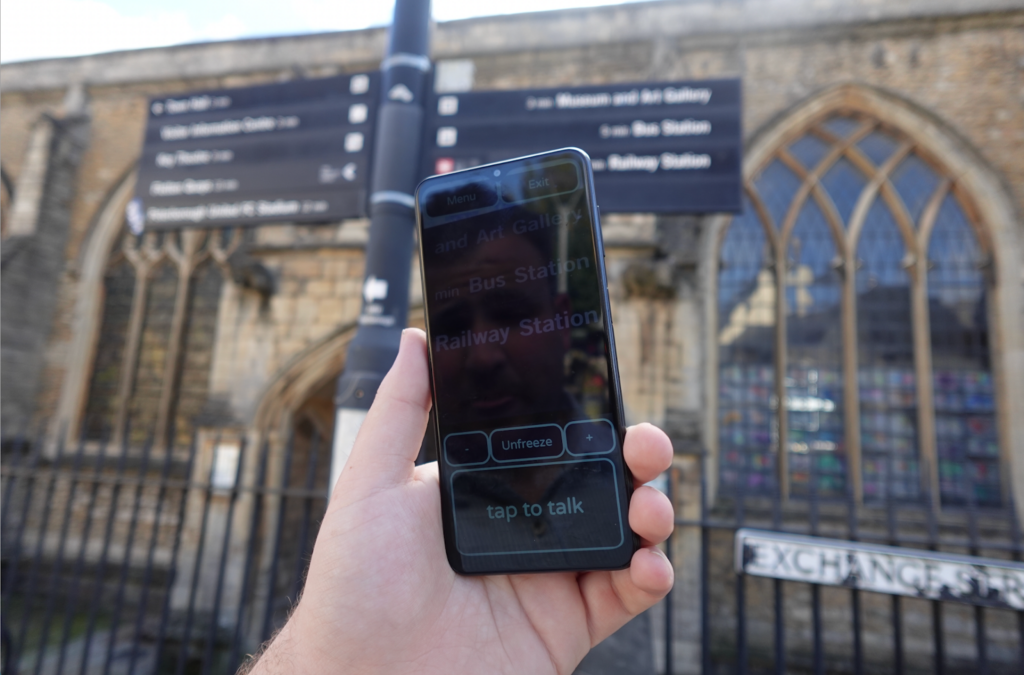The importance of Accessible Kerbs for People With Sight Loss. Our partners, the RNIB have release a report which talks about how public infrastructure can be either a support or an impediment in the facilitation of the low-vision community to easily traverse an urban setting, we have written up a summary of a notable part of the report that we thought was interesting to share with you.
Ensuring that streets are designed to accommodate the needs of people with sight loss is crucial. One key element of inclusive street design is detectable kerbs, which help visually impaired individuals navigate their environment. These kerbs allow people to feel the edge of the pavement either through touch with a cane or shoes. Standard kerbs in the UK have a 120mm height, making them easily detectable, while kerbs lower than 60mm may not be detectable at all.
These kerbs provide essential tactile clues, ensuring that pedestrians can distinguish between the pavement and the road. They also help guide dogs and assist visually impaired people in safely crossing streets. However, recent street design trends like shared spaces and Copenhagen crossings, which eliminate detectable kerbs, have made it difficult for those with sight loss to navigate safely.
Street designs without detectable kerbs often rely on visual markers, such as painted lines, which are ineffective for those who rely on touch. Furthermore, shared spaces where pedestrians share roads with vehicles and cyclists can be confusing and hazardous for people with visual impairments.
As more shared spaces are developed, blind and partially sighted individuals face increasing difficulties in safely navigating their local areas. The RNIB has urged the government and urban planners to prioritise accessibility and implement inclusive design principles in all public spaces.


